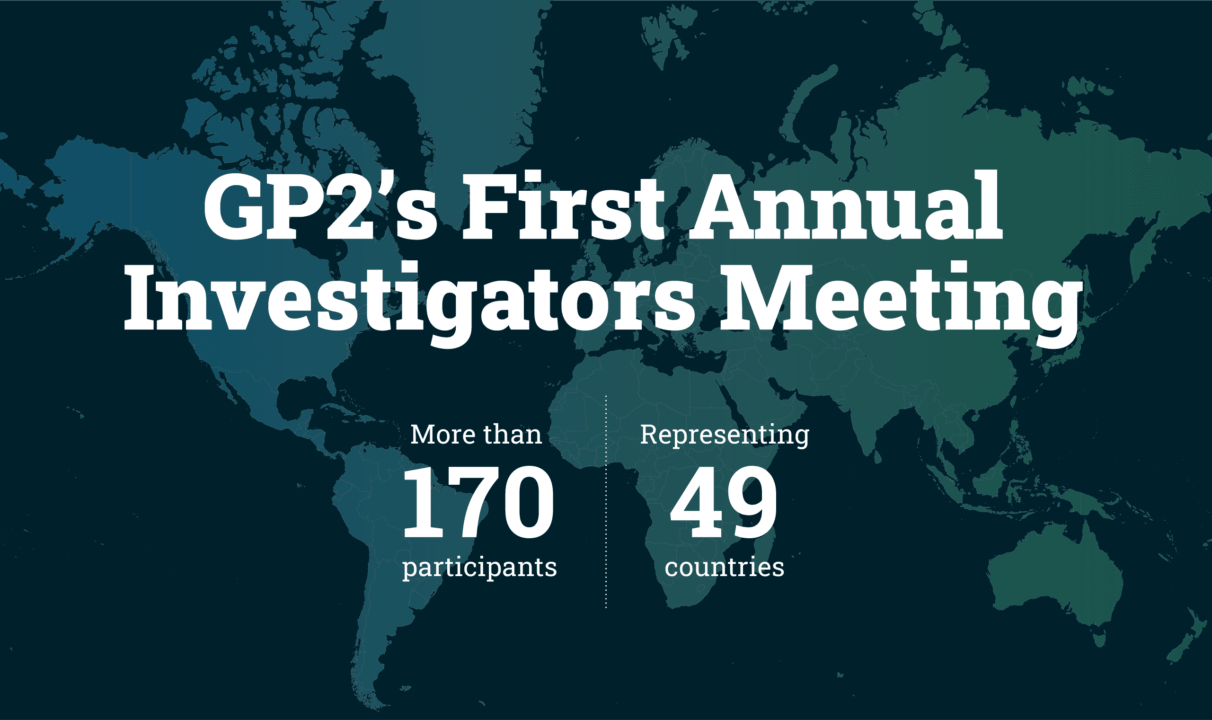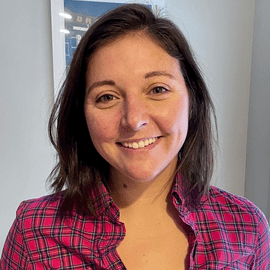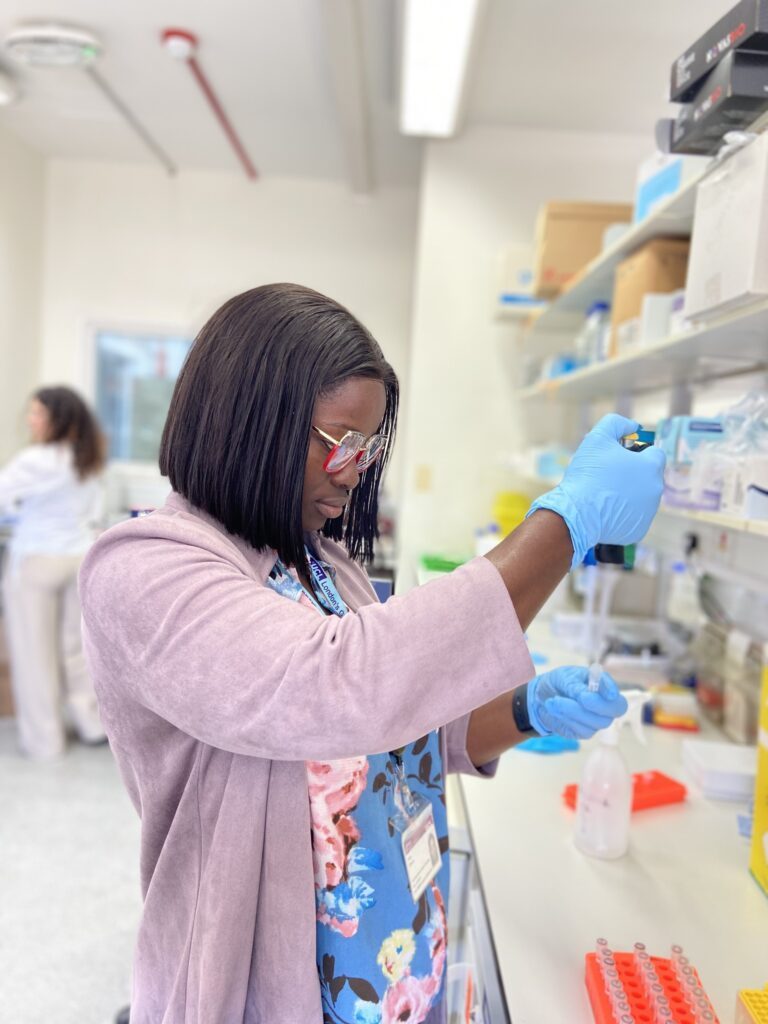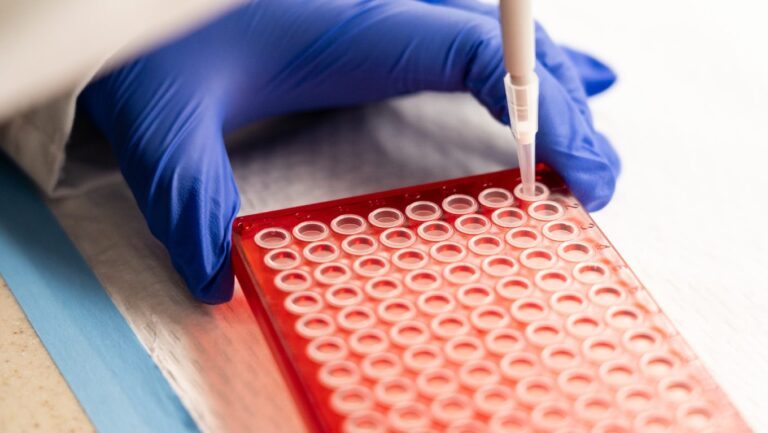More than 170 leaders, partners, and trainees from 49 countries gathered in Madrid, Spain in mid-September for the annual Global Parkinson’s Genetics Program (GP2) meeting. Over two days, attendees covered progress across the program’s areas of focus and future directions and needs with an eye to the program’s core tenets of collaboration and open sharing of data, methods, and results.
“We already knew that the GP2 community was an incredibly passionate and energized group,” said Sonya Dumanis, PhD, Deputy Director of the Aligning Science Across Parkinson’s (ASAP) initiative, of which GP2 is a resource. “The annual meeting amplified that spirit with a venue to connect face-to-face, celebrate accomplishments and strategize toward future advancements.”
Here we share some highlights from the meeting and its attendees:
- Training Future Geneticists and Clinician-Researchers: A highlight of the meeting for many was hearing from a next generation of Parkinson’s genetic researchers serving underrepresented populations. GP2 has supported training for four PhD students in genetics research and seven master’s students in clinical neurology, data science, and bioinformatics across Africa, East Asia and South America.
“With GP2, my career has skyrocketed. It’s like having a second university,” said Paula Saffie Awad, who lives and practices neurology in Chile while training for her PhD virtually with a team in Brazil. “I’ve learned a lot. And being able to meet the people who I work with each week but have never seen in person, that’s very powerful. I feel so supported.”
GP2 aims to provide additional training opportunities on top of its other existing efforts. Its free online courses have been taken more than 670 times, and a network of over 115 trainees across GP2 programs meet regularly to discuss projects and progress.
- Partnering with Underrepresented Populations: GP2 aims to explore the genetic architecture of the Parkinson’s population, with emphasis on underrepresented populations (URP). The URP working group published on the current state of this field in August.
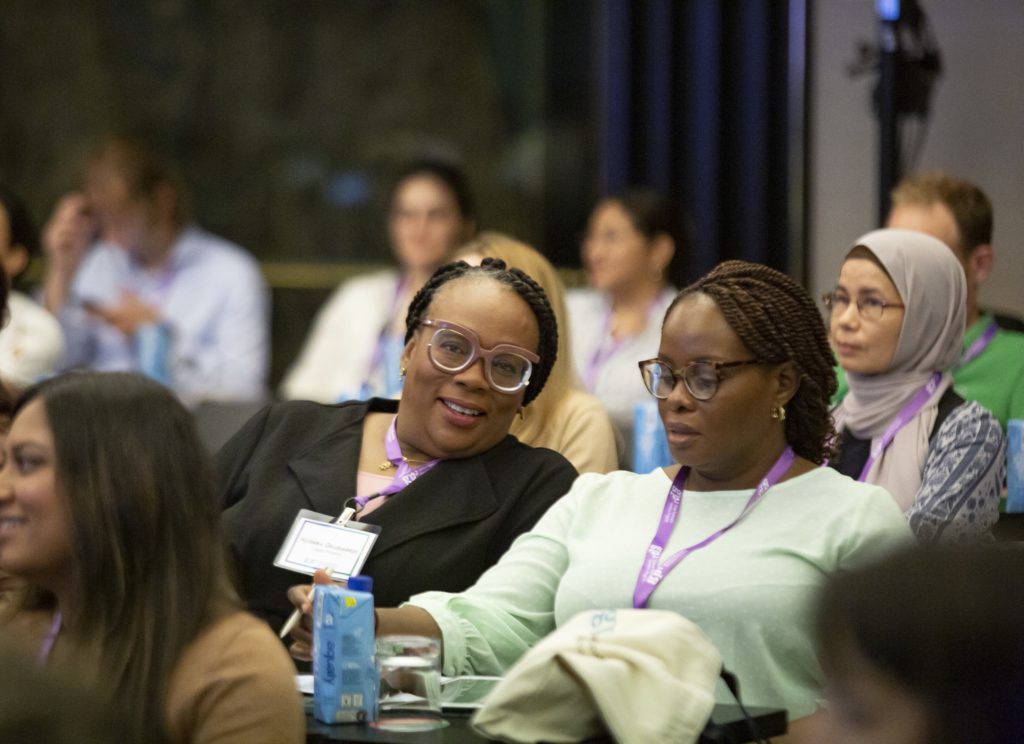 At the meeting, the URP working group covered many positive steps (e.g., cohort building, publications, collaborations) but also discussed the continued challenges to their work. The varied regions, languages and access to care/research requires a comprehensive and bespoke approach. Training and funding are required to transfer skills not only in data analysis but in research engagement, sample collection, and storage, etc. There was also a discussion on how to engage marginalized groups in research by sharing genetic results along with the lack of genetic counseling infrastructure to discuss what those results might mean. These are needs and opportunities that GP2 will continue to examine and work to address.
At the meeting, the URP working group covered many positive steps (e.g., cohort building, publications, collaborations) but also discussed the continued challenges to their work. The varied regions, languages and access to care/research requires a comprehensive and bespoke approach. Training and funding are required to transfer skills not only in data analysis but in research engagement, sample collection, and storage, etc. There was also a discussion on how to engage marginalized groups in research by sharing genetic results along with the lack of genetic counseling infrastructure to discuss what those results might mean. These are needs and opportunities that GP2 will continue to examine and work to address.
The number of collaborations, findings and strategies shared at the GP2 Annual Meeting is inspiring. This program is building a blueprint for how to conduct global research. Its impact over its short history is already deeply felt and, invigorated by discussions such as those held in Madrid, will grow exponentially.
“Open science is not just a theory in GP2,” said Paula Saffie Awad. “The meeting was the practical experience that it’s open science, open people.”
If you are interested in learning more about GP2 or have a cohort that you would like to submit to GP2, please contact [email protected].
Want to read more about AIM? Experience the conference through the eyes of our Trainees.

